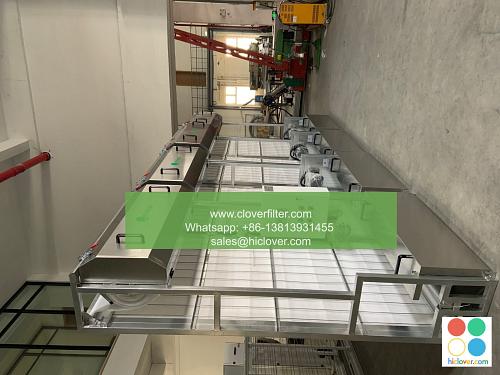Energy Efficiency

Energy efficiency is a vital aspect of our daily lives, and its importance cannot be overstated. As the world grapples with the challenges of climate change, energy security, and economic growth, energy efficiency solutions have become an essential part of the equation. In this article, we will delve into the world of energy efficiency, exploring its benefits, applications, and technologies that are transforming the way we use energy.
What is Energy Efficiency?
Energy efficiency refers to the use of energy-efficient technologies and practices to reduce energy consumption while maintaining or improving the quality of life. It involves the optimal use of energy resources to achieve the same level of economic activity, comfort, and productivity with less energy input. This can be achieved through the use of energy-efficient appliances, building insulation, renewable energy sources, and sustainable transportation systems.
Benefits of Energy Efficiency
The benefits of energy efficiency are numerous and far-reaching. Some of the most significant advantages include:
* Energy savings: Energy efficiency measures can help reduce energy consumption, resulting in lower energy bills and cost savings.
* Environmental benefits: Energy efficiency can help reduce greenhouse gas emissions, air pollution, and other negative environmental impacts associated with energy production and consumption.
* Economic benefits: Energy efficiency can create jobs, stimulate economic growth, and improve competitiveness in the global market.
* Energy security: Energy efficiency can help reduce dependence on fossil fuels, enhance energy security, and mitigate the risks associated with price volatility.
Application Areas of Energy Efficiency
Energy efficiency has a wide range of application areas, including:
* Buildings and construction: Energy-efficient building design, insulation, and materials can significantly reduce energy consumption in buildings.
* Industry and manufacturing: Energy-efficient technologies and processes can help reduce energy consumption and improve productivity in industries such as manufacturing, mining, and agriculture.
* Transportation: Energy-efficient transportation systems, such as electric and hybrid vehicles, can reduce energy consumption and emissions in the transportation sector.
* Renewable energy: Energy efficiency can be combined with renewable energy sources, such as solar and wind power, to create a more sustainable energy system.
Technologies and Innovations
The development of new energy-efficient technologies and innovations is crucial for achieving energy efficiency goals. Some examples include:
* Smart grids and energy management systems that can optimize energy distribution and consumption.
* LED lighting and energy-efficient appliances that can reduce energy consumption in buildings and homes.
* Electric vehicles and hybrid vehicles that can reduce energy consumption and emissions in the transportation sector.
* Building information modeling (BIM) and energy simulation tools that can help designers and engineers optimize building performance and energy efficiency.
Conclusion
In conclusion, energy efficiency is a critical component of a sustainable future. By adopting energy-efficient technologies and practices, we can reduce energy consumption, mitigate climate change, and promote economic growth. As we move forward, it is essential to continue investing in research and development of new energy-efficient technologies and innovations, and to promote the adoption of energy efficiency measures across various sectors and industries. By working together, we can create a more sustainable energy system that benefits both people and the planet. Prompt

